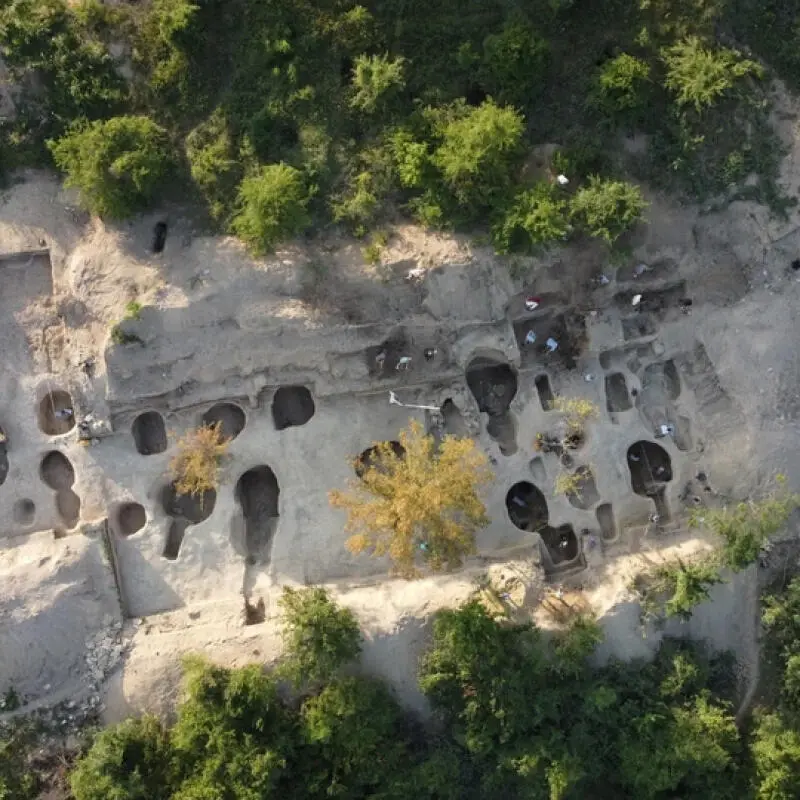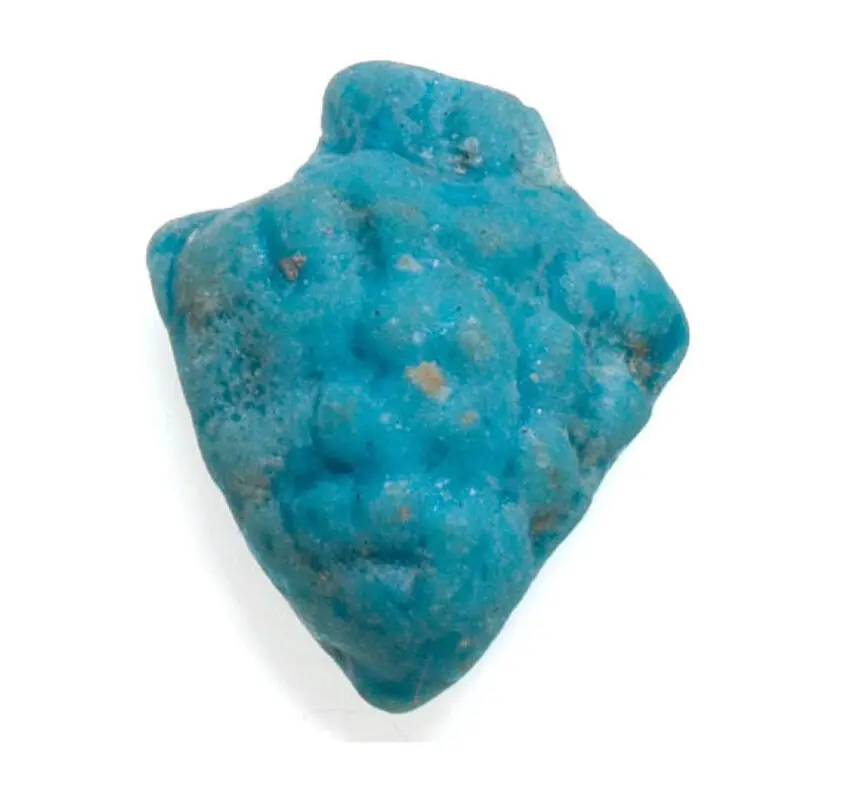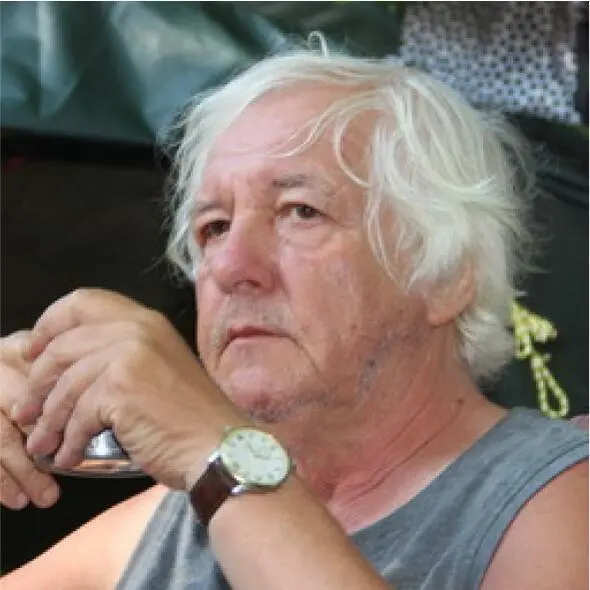Egyptian faience pendant in the form of a bunch of grapes
ID:
3976
Updated:
03.10.2024
Name:
Egyptian faience pendant in the form of a bunch of grapes
Author:
Original name:
The country of the work of art:
Date:
I century AD
Type:
Jewelry products
Circumstances:
Аppropriated by representatives of the russian federation during illegal excavations of cultural heritage sites of Ukraine
Provide additional information
Details of theft
Year of the incident:
Place of the incident:
Оbjekt of archeology "Opshky burial ground"
Coordinates (Lat, Lon):
44.942959, 34.287036
Place of last known stay:
Links
Archive links

Description of the incident location
"The Opushky burial site is a site of archaeological heritage of Ukraine, discovered and put into scientific circulation in 2003. The burial site is located in the central part of the Crimean foothills, 2.0-2.5 km southwest of Opushky village, Mazansky village council, Simferopol district, Autonomous Republic of Crimea. The burial ground was created and actively used from the first century B.C. to the fourth century A.D. Opushky is called the only barbarian necropolis in Crimea that existed throughout Roman times.
Illegal archaeological excavations have been taking place annually since 2014 to the present day, including in 2023, a little more than 0.45 hectares were excavated, where 38 funerary structures were damaged, including 6 dirt crypts, 19 slaughterhouse and 13 dirt graves, four of which were used to bury horses. Russian archaeologists appropriated the following items: fragments of glass balsam, bracelets and rings, including those decorated with glass inserts, bronze bells and mirrors, fragments of hryvnia, numerous necklaces made of various materials, pendants made of Egyptian faience and gagat, and iron knives.
Illegal archaeological excavations have been taking place annually since 2014 to the present day, including in 2023, a little more than 0.45 hectares were excavated, where 38 funerary structures were damaged, including 6 dirt crypts, 19 slaughterhouse and 13 dirt graves, four of which were used to bury horses. Russian archaeologists appropriated the following items: fragments of glass balsam, bracelets and rings, including those decorated with glass inserts, bronze bells and mirrors, fragments of hryvnia, numerous necklaces made of various materials, pendants made of Egyptian faience and gagat, and iron knives.
Provide additional information
Involved in theft
Provide additional information



